- Home
- Articles
- Architectural Portfolio
- Architectral Presentation
- Inspirational Stories
- Architecture News
- Visualization
- BIM Industry
- Facade Design
- Parametric Design
- Career
- Landscape Architecture
- Construction
- Artificial Intelligence
- Sketching
- Design Softwares
- Diagrams
- Writing
- Architectural Tips
- Sustainability
- Courses
- Concept
- Technology
- History & Heritage
- Future of Architecture
- Guides & How-To
- Art & Culture
- Projects
- Interior Design
- Competitions
- Jobs
- Store
- Tools
- More
- Home
- Articles
- Architectural Portfolio
- Architectral Presentation
- Inspirational Stories
- Architecture News
- Visualization
- BIM Industry
- Facade Design
- Parametric Design
- Career
- Landscape Architecture
- Construction
- Artificial Intelligence
- Sketching
- Design Softwares
- Diagrams
- Writing
- Architectural Tips
- Sustainability
- Courses
- Concept
- Technology
- History & Heritage
- Future of Architecture
- Guides & How-To
- Art & Culture
- Projects
- Interior Design
- Competitions
- Jobs
- Store
- Tools
- More
Cai Yuanpei Square and Jiemin Library: The Architectural Symphony of Shaoxing’s Historical Block
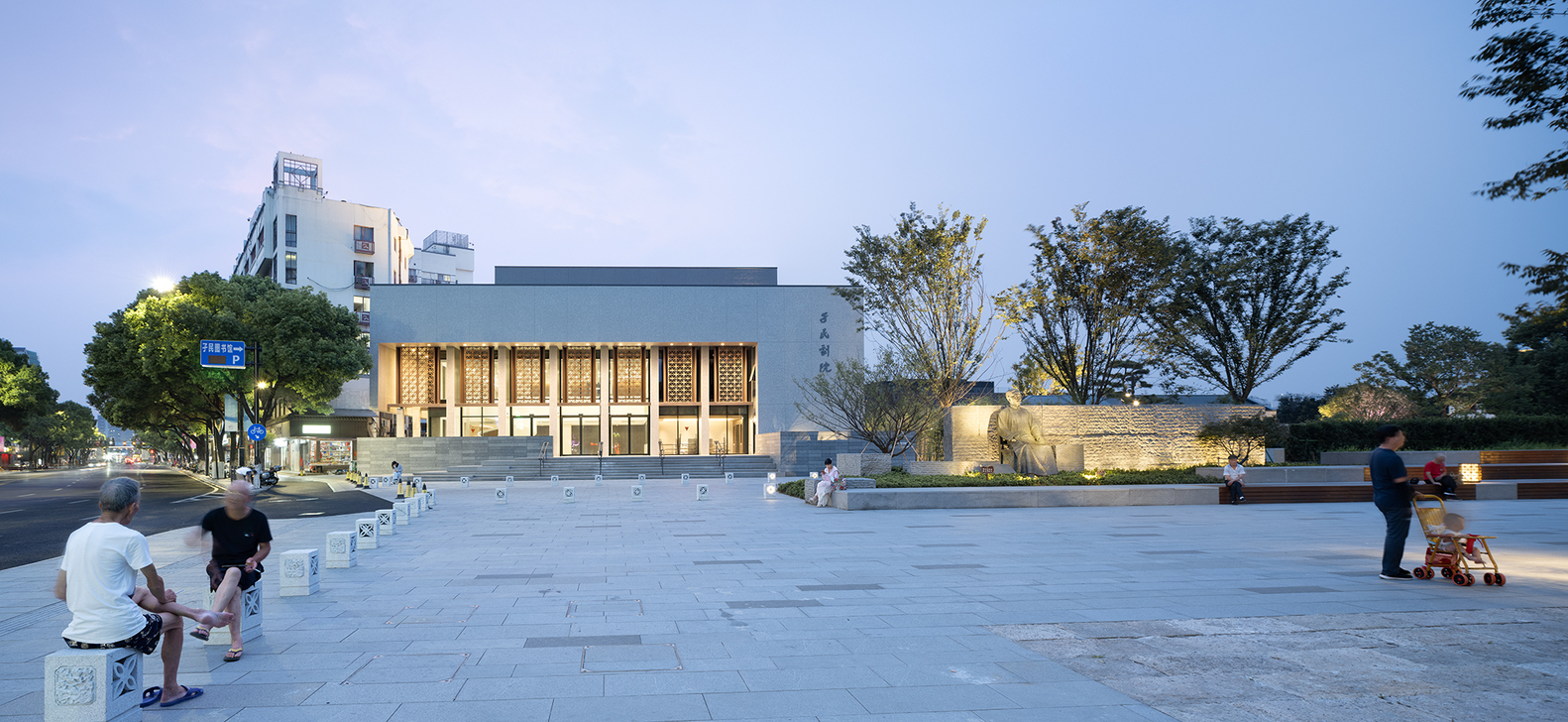
In the heart of Shaoxing’s cultural district, renowned as Wang Xizhi’s Native Place, an ambitious project has taken shape, blending the past with the present in an architectural symphony. This project, a winner of the Salvadoran Bienal 2022 award in the architectural design category, encapsulates the essence of heritage conservation while infusing modern vitality into the ancient city’s urban fabric. The task was not merely to renovate but to reimagine and reinvigorate, encompassing the refurbishment of Jiemin Cinema, the transformation of Cai Yuanpei Square, and the creation of the new Jiemin Library.

As we delve deeper into this transformative endeavor, we find that the project is more than a mere construction feat; it’s a dialogue between times, an interplay of history and modernity. The area, steeped in history and culture, is a tapestry of urban and architectural evolution, where modernity intertwines with tradition in a complex yet fascinating relationship. This project navigates these layers, addressing both the desirable continuities and the ruptures in time, with a dialectical approach to site-specific challenges.
At the core of this redevelopment is the notion of celebrating the area’s cultural identity while enhancing public cultural services. The design philosophy honors the legacy of Cai Yuanpei, a prominent figure in Chinese education, whose spirit is woven into the new structures. The project reinterprets Cai Yuanpei’s philosophy of pure aesthetic education, blending it with the vitality of contemporary times, to give the buildings a new life and multifaceted social functions.

The transformation of Cai Yuanpei Square exemplifies this approach. The square, while maintaining its historic ‘L’ shape layout and wooden structure, has been upgraded to enhance openness and accessibility. The reinstallation of Cai Yuanpei’s bronze statue, albeit in a new location, preserves the square’s role as a memorial and public gathering space, capturing the collective memory of the community.
The introduction of the Jiemin Library is a crucial element of the project, replacing the former Shaoxing Fifth Hospital. This new structure not only respects but also revitalizes the historic urban fabric. The placement of the library is a thoughtful decision, ensuring harmonious interaction with the Cai Yuanpei Former Residence and neighboring structures. The library’s design, constrained by height limitations, cleverly accommodates an exhibition on the life of Cai Yuanpei in its subterranean level, while its two-story structure above ground houses a spacious Yuanpei Lecture Hall and a rooftop platform for sightseeing and leisure, offering panoramic views of the district and the distant Dashan Pagoda.

Adjacent to the library is the renovated Jiemin Theatre, formerly Jiemin Cinema, a storied establishment dating back to the early 1950s. The renovation respects the original architectural space and structural framework while modernizing its functions and facades. It continues to serve as a cultural landmark, preserving the history of Xinmin Theatre and the memories of the ancient city’s early years.
The project is not just about buildings; it’s about creating a narrative that weaves through time. The juxtaposition of the contemporary Jiemin Library with the traditional silhouette of Cai Yuanpei’s Former Residence across the water courtyard is a visual representation of this dialogue between the old and the new. The library’s facade, featuring dark red UHPC panels, traditional local leaky window patterns, and wood-red paint, contrasts yet complements the traditional Shaoxing Taimen architecture of the former residence. This architectural conversation is further enhanced by the reflective one-way mirrored glass on the library’s facade, symbolizing the ongoing interaction between past and present.

In this project, every element – from a piece of wall to a tree, from a pile of stone to a reflective surface – contributes to the narrative, creating a melody that resonates from tradition to modernity. It is a design that speaks volumes without words, inviting contemplation and appreciation of both the tangible and intangible heritage of Shaoxing. This project is not just a physical redevelopment; it’s a renaissance of cultural identity, an ode to the city’s history, and a bold statement for the future, embodying the philosophy of ‘interpreting the tradition to reconstruct the present’. This endeavor stands as a beacon of how contemporary architecture can respect, revive, and reinvent historical spaces, making them relevant and resonant in today’s world.

Submit your architectural projects
Follow these steps for submission your project. Submission FormLatest Posts
Community Housing in Villy by Madeleine architectes & Studio Francois Nantermod
A cooperative housing project in Villy transforms a grandfather’s home into the...
James Baldwin Media Library and Refugee House by associer
In Paris’s 19th arrondissement, Atelier Associer has reimagined a 1970s secondary school...
Library Design for Creating Community Spaces That Thrive
Explore how people-first library design turns libraries into civic living rooms. Learn...
SMVIT Library by Cadence Architects
SMVIT Library by Cadence Architects in India creates a porous, student-centered hub,...














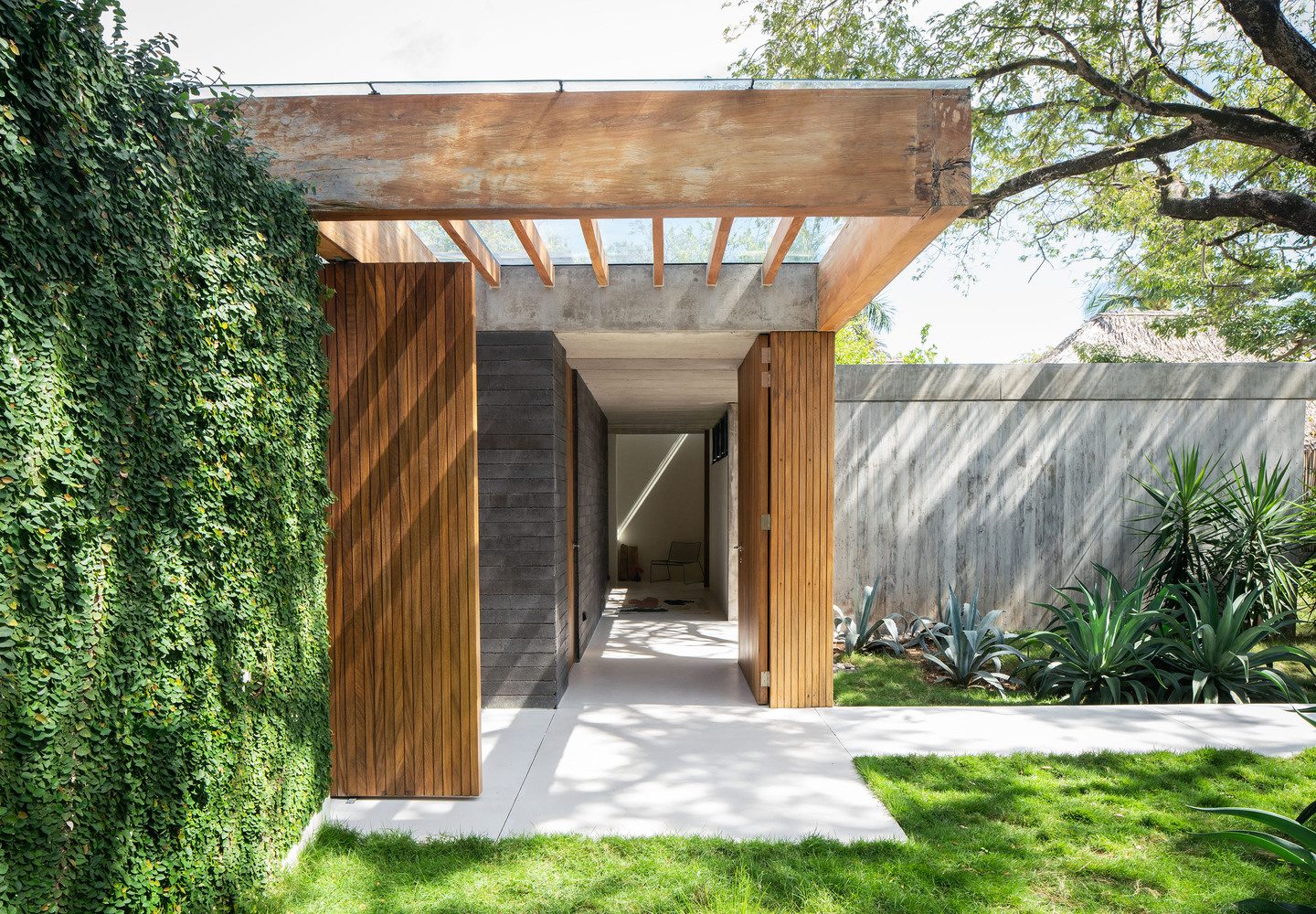
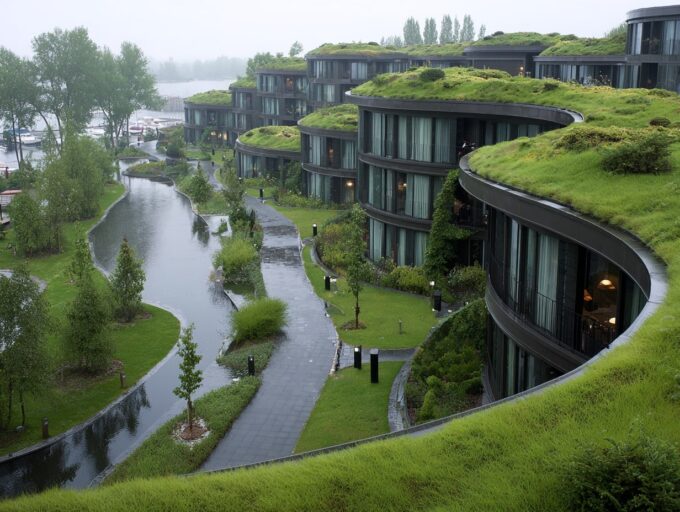
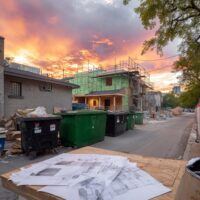
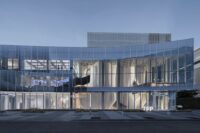
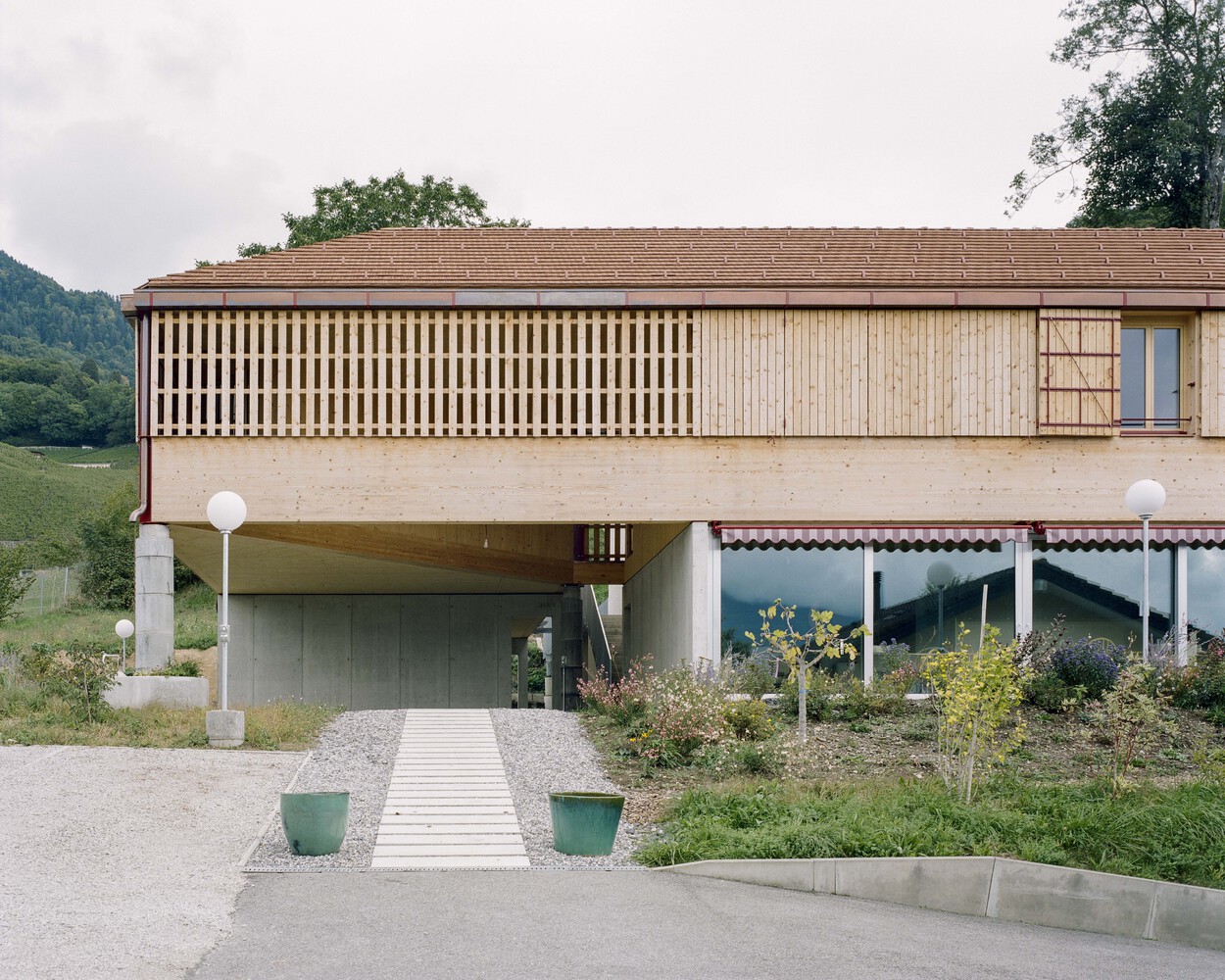
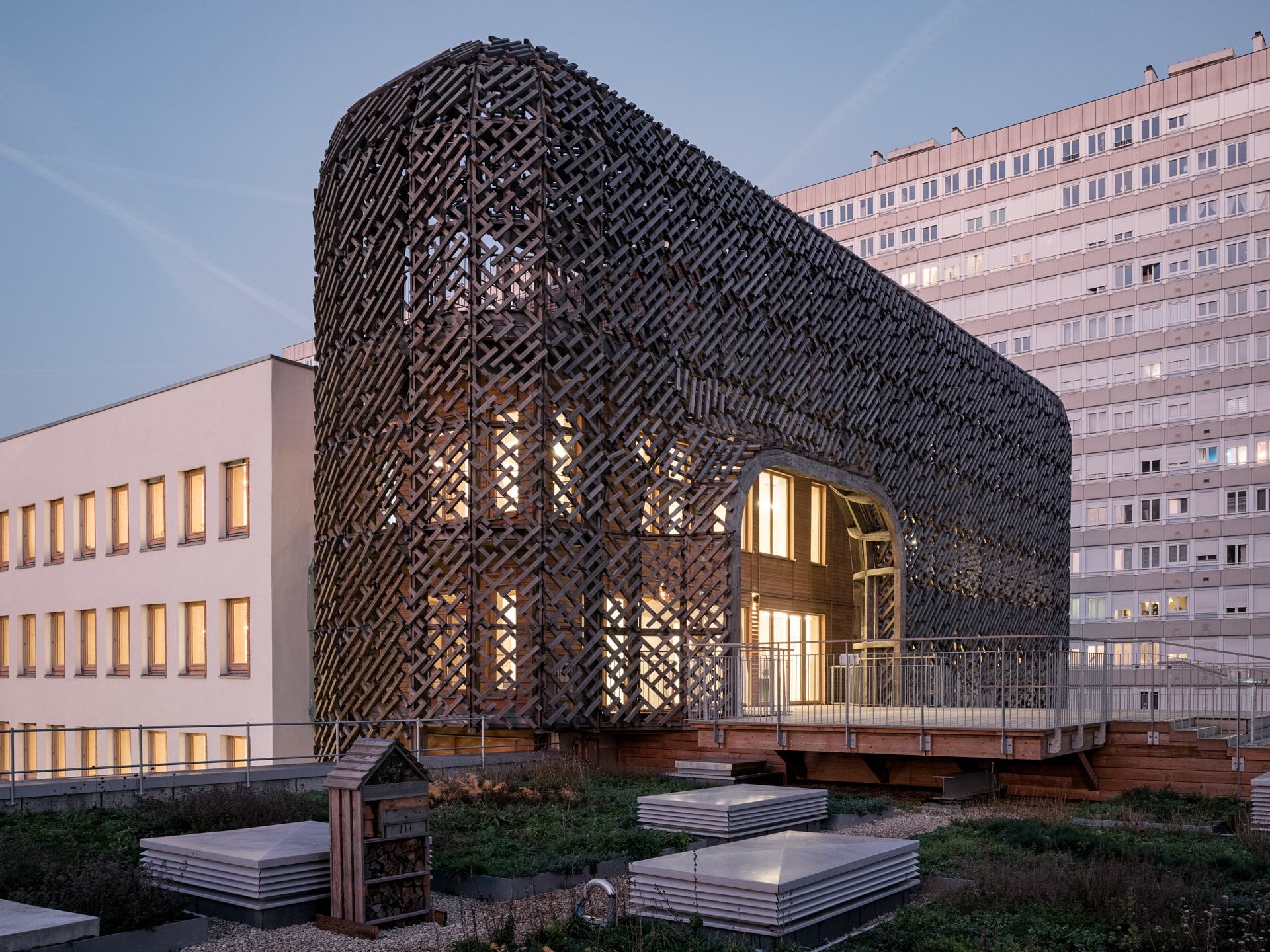


Leave a comment